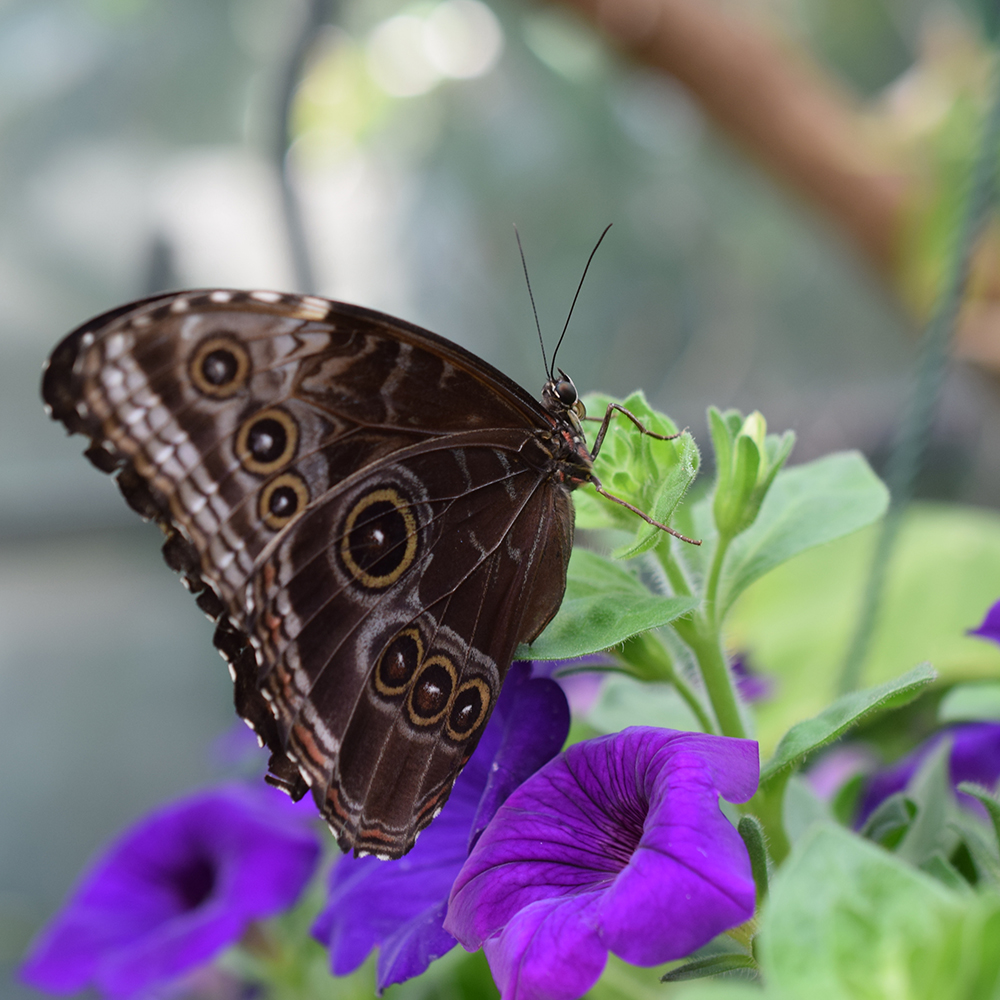
A growing trend in gardening focuses on planting flowers that are not just purely decorative, but also attract desirable species of butterflies and hummingbirds as well. If you’ve ever thought it would be fun to enjoy a garden literally buzzing with life, you might enjoy cultivating this type of garden.
The easiest way to start a butterfly or hummingbird garden is to choose a variety of their favorite food sources, keeping in mind that you should stagger blooming times so that you continually attract your favorite visitors. Different species of butterflies and hummingbirds enjoy different varieties of nectar, so planting several types of flowers will ensure diverse wildlife for you to enjoy. They base their preferences on both color and taste, so make sure to vary the color of your flowering plants as well as the species. Try to plant them in large groups, because this will make your garden more visible to potential visitors.
Butterflies enjoy puddles; so creating a few permanent puddles can also make your garden more hospitable to them. Many gardeners choose to bury a few buckets up to their rims, fill them with gravel or sand, and then pour water, sweet drinks, or stale beer into them to create “puddles.” Leaving overripe fruit in the garden will also attract butterflies.
In order to cultivate an environment that many butterflies will want to call their permanent home, consider their mating and reproductive instincts. Female butterflies, for example, prefer to lay their eggs on specific plants. Depending upon species, they may prefer snapdragons, milkweed, nettle, daisy, lilac, and many others. If you hope to attract a specific species of butterfly, doing some research on their mating habits will help you to narrow down your choices.
It is thought that hummingbirds are attracted to ultraviolet light. Many gardeners will use red or orange surveyors tape, which is fluorescent and reflect ultraviolet light, in various spots throughout their garden. The tape can be used around hummingbird feeders, if you choose to use them, in order to signal to hummingbirds that a food source is nearby.
One final note about butterfly and hummingbird gardens: using insecticides can have a very negative impact on the garden you are trying to create. That thought may have already occurred to you regarding butterflies, but hummingbirds do rely upon small insects to fulfill their protein needs. If you kill their source of protein, they may not prefer your garden as a regular feeding spot. McCabe’s Nursery carries an array of butterfly and humming bird plants that are ideally suited for our unique climate. We also design and install these living works of art throughout the year.

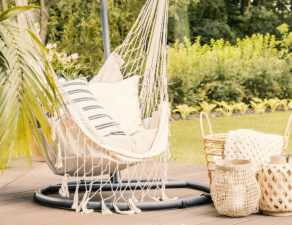
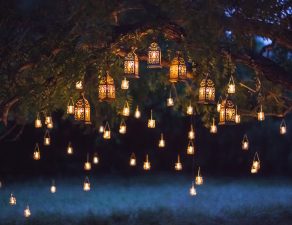
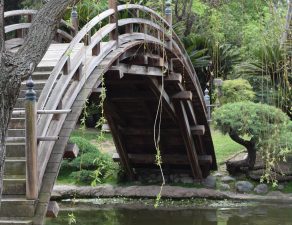
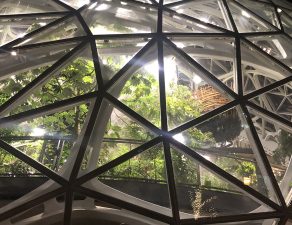
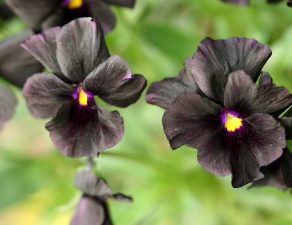
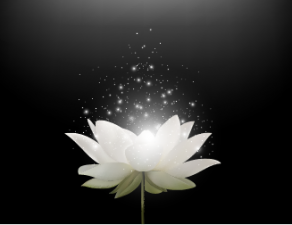
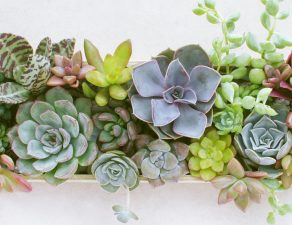
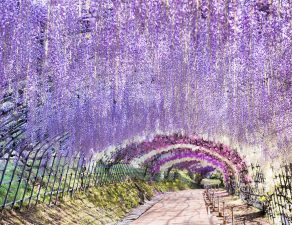
Write a comment: